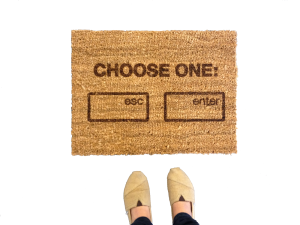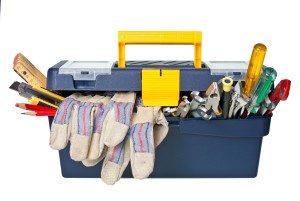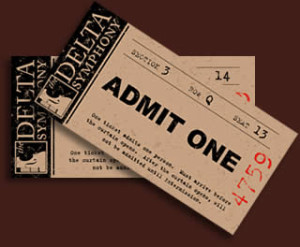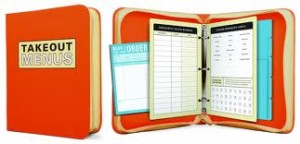Make no mistake: Home staging is an art and a skill. It’s proven to be worth the pricey fees charged by professional stagers and decorators.
But if paying a pro isn’t an option, can you stage your own home to improve its marketability? And can your own DIY staging efforts translate to more real estate sale dollars in your pocket? The answer to both is an emphatic yes!
Remember, staging goes beyond the normal cleaning, decluttering, lighting up, and sprucing up that all houses need to go to market. Staging goes one step further. Some pro stagers remove every piece of furniture and artwork in a house, put it into storage and fill the house with sleek, neutral furniture. Throw pillows are placed just so, and knick-knacks are placed sparingly and strategically. Stagers know what a buyer wants to see when they walk into a house and what will make your home look its marketable best.
You can do your own “staging lite” on a budget, by following the advice of professional stagers.
1. Make “less is more” your mantra
Too much clutter, too much furniture, and too many things on the walls will make the rooms in your house look smaller and less enjoyable to live in, according to San Francisco home stager Christopher Breining, in a staging advice article on HGTV’s Front Door.
“People tend to line their walls with furniture, one piece after another,” said Breining. When pro stagers enter a home, they often take away about half of the owner’s furnishings, making the house look “miles bigger.”
“While you’re doing this sometimes-painful pruning, remind yourself that every square foot you free up is prime real estate.”
2. Make living areas neutral and appealing to the masses
Why do you think bland, neutral furniture from Pottery Barn and Restoration Hardware is used so much in staging homes for sale? Because it’s lacking in any extreme style and appeals to a large number of people. Even if a prospective buyer has more adventurous decor tastes, they’ll be able to picture their own furnishings better in your home, if your furnishings are understated.
Stephanie Barnes a Realtor with Fingelly Real Estate, Southport, Conn., on Freshome.com, advises home-sellers to remove furniture and artwork that stand out too much. Don’t leave anything that steals the show from the actual house.
3. Paint your front door for instant curb appeal
A fresh coat of paint is a generally cheap and easy way to make every room of the house look more appealing. If you can’t paint the entire house inside and out, paint the front door. Get advice from your favorite paint store on a color that will showcase your home the best. Remove holiday decorations, door wreaths and other front entry brick-a-brack for a clean, bright look. This advice from Debra Gould in HGTV’s This Old House.
4. Repurpose rooms
You may use the study in your home as a play room. And you may have converted the dining room into a family room. When selling your house, you’re going to have to get into the buyer’s head and think about how most people would use the rooms in your home. And then repurpose those rooms before your house is put on the market.
Gould advises giving every room in your house a clear purpose, one that will appeal to the greatest number of potential buyers. Make your house more traditional and more buyers will be able to picture themselves there.
5. Think classy, not decorator-y
That’s an awkward way to put it, but I think you know what I mean. Virtually Staging Properties said it best in its Staging Secret #5: “Don’t let the same fabric in one room of the home be in another room, match-matchy is not allowed. You don’t want it to make a room look too decorator-y. (Decorator-y is now my favorite word.)
When staging your home, your goal is to make it look like you spent a fortune but in the most understated, unostentatious way.
Read more about staging your own home and advice from the experts on how to stage your own home at:














